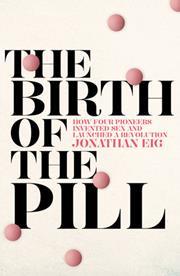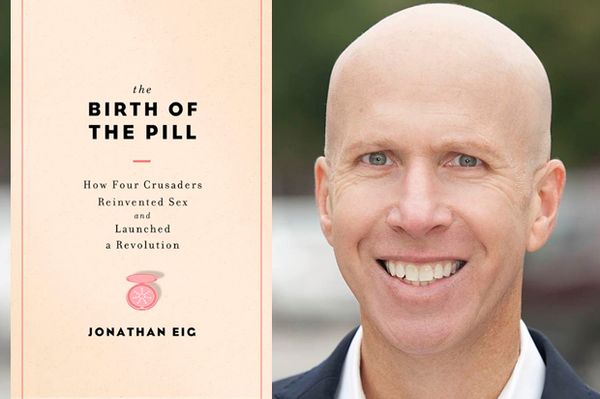

Many women also found too many pregnancies burdensome, as they were prevented from pursuing an education or a career, or suffered from exhaustion, depression, and feelings of hopelessness as they found themselves caring for more children than they could cope with. Women, especially poor women, found themselves pregnant again and again before their bodies had recovered from earlier pregnancies, had medical conditions caused or exacerbated by pregnancy and childbirth, or could not afford adequate food, clothing, shelter, and health care for their rapidly growing families.

Two of these four had spent years caring for people whose unchecked fertility threatened their own life and health, and the well-being of their families. It took a few independent-minded, morally driven people of unusual character to achieve change in the arena of reproductive rights. Prudish attitudes and obscenity laws hampered scientific research, discouraged and in many cases prevented doctors from educating their patients, and kept women from having any significant degree of control over their own bodies or the decision to become pregnant. John Rock, and Katherine McCormick.Īt the time the contraceptive pill was being developed, human reproduction was still very poorly understood. In The Birth of the Pill, Jonathan Eig tells the fascinating story of the four people whose combined efforts, arguably more than any others, made birth control effective, affordable, widely available, and perhaps most importantly (since it makes all the others possible), socially acceptable: Margaret Sanger, Dr.


 0 kommentar(er)
0 kommentar(er)
